Tropical Ti Plant Help!
noyb111
15 years ago
Related Stories

FLOWERS AND PLANTSHelp Monarchs and Other Butterflies by Planting Common Milkweed
Summer-blooming Asclepias syriaca is an important larval host plant for the monarch butterfly and attracts a number of pollinating insects
Full Story
LANDSCAPE DESIGNNative Plants Help You Find Your Garden Style
Imagine the garden of your dreams designed with plants indigenous to your region
Full Story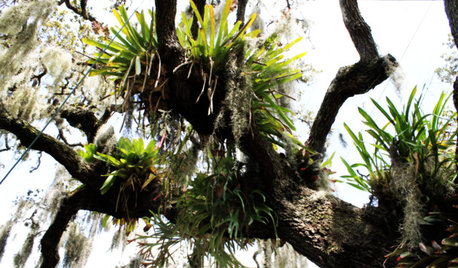
GARDENING GUIDESGot a Hot, Humid Landscape? Add Tropical Flair With Air Plants
Turn tree trunks and walls into lush canvases with plants adapted to the canopies of the rainforest
Full Story
LIFEYou Said It: ‘Put It Back’ If It Won’t Help Your House, and More Wisdom
Highlights from the week include stopping clutter from getting past the door, fall planting ideas and a grandfather’s gift of love
Full Story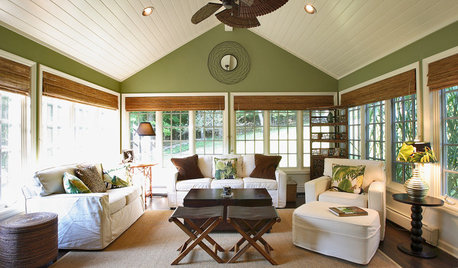
DECORATING GUIDESTreat your Home to the Tropics
Create a paradise escape with plants, rattan, and ocean-inspired decor
Full Story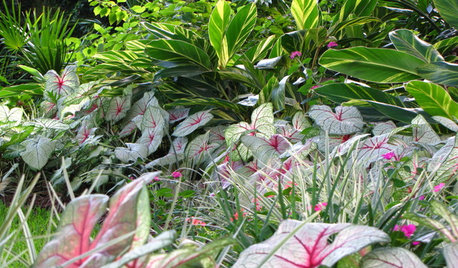
LANDSCAPE DESIGNDitch Shade Garden Gloom the Tropical Way
Has your shade garden strayed too far to the dark side? Help it see the light with tropical bulbs, ground covers and even houseplants
Full Story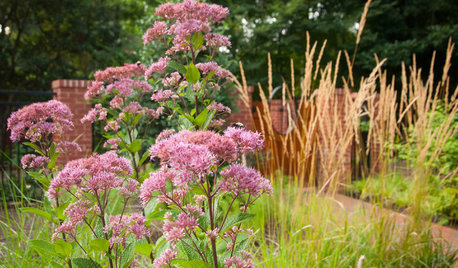
GARDENING GUIDESGreat Design Plant: Eutrochium Maculatum
Sculptural, slightly tropical looking and a boon to wildlife, Spotted Joe Pye Weed is a gotta-have plant in many parts of the U.S.
Full Story
EXTERIORSHelp! What Color Should I Paint My House Exterior?
Real homeowners get real help in choosing paint palettes. Bonus: 3 tips for everyone on picking exterior colors
Full Story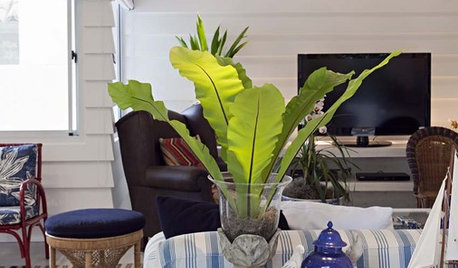
HOUSEPLANTSGet a Tropical Splash With a Bird's Nest Fern
Sword-shaped leaves make this fern a stunning accent — and you can even mount it on wood for a wall hanging
Full Story
COLORPick-a-Paint Help: How to Create a Whole-House Color Palette
Don't be daunted. With these strategies, building a cohesive palette for your entire home is less difficult than it seems
Full StoryMore Discussions










bihai
mr_subjunctive
Related Professionals
Fitchburg Landscape Architects & Landscape Designers · Manorville Landscape Architects & Landscape Designers · Mitchellville Landscape Architects & Landscape Designers · Rossville Landscape Architects & Landscape Designers · McKinney Landscape Contractors · Edmond Landscape Contractors · Addison Landscape Contractors · Bowie Landscape Contractors · Gloucester Landscape Contractors · Hannibal Landscape Contractors · Huntley Landscape Contractors · Las Vegas Landscape Contractors · Pleasant Grove Landscape Contractors · Queens Interior Designers & Decorators · Stanford Interior Designers & Decoratorsbihai
nanw_4wi